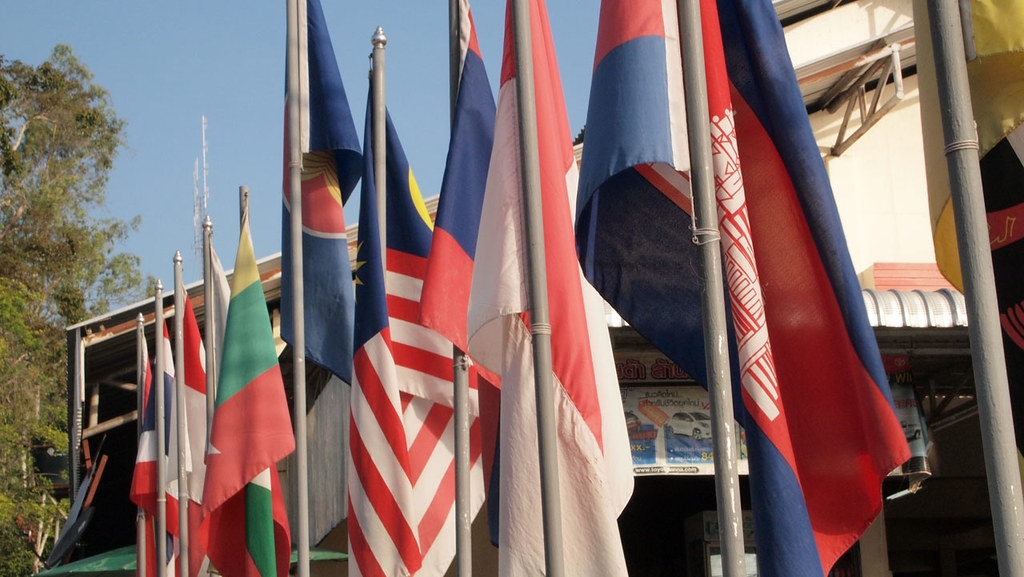ASEAN Connectivity and China-Japan Infrastructure Export Competition
Challenges Facing ASEAN Integration

(Prachatai/Flickr)
In Financial Cooperation in East Asia, a new book published by S. Rajaratnam School of International Studies (RSIS) at Nanyang Technological University, ASPI Senior Program Officer Blake Berger compares the impetus and rationale behind China’s Belt and Road Initiative (BRI) and Japan’s Partnership for Quality Infrastructure (PQI), and their impact on regional integration in Southeast Asia and the Association of Southeast Asian Nations (ASEAN).
In a chapter titled “ASEAN Connectivity and China-Japan Infrastructure Export Competition: Challenges facing ASEAN Integration,” Berger asserts that there are similar rationales driving both the BRI and PQI. He argues that China embarked on the BRI in order to secure trading routes, export excess production capacity to BRI host countries, bolster economic activity and integrate its western provinces with neighboring countries, and to support Chinese industries global presence and rise in the global value chain. Supplementing the economic rationale, the BRI’s political goals include strengthening Beijing’s geopolitical influence over project recipient states and facilitating the emergence of a China-centric economic order.
Japan’s PQI, which was unveiled by Prime Minister Shinzo Abe in 2015 in direct response to the BRI, similarly has both economic and political rationales. Economically, the PQI is aimed at securing new markets for Japanese businesses, strengthening export competitiveness, and bolstering economic growth. Politically, Japan is utilizing the PQI to counter China’s influence and align recipient states security policies with Japan. In the end, Berger addresses challenges faced by ASEAN due to both institutional issues and the strategic and infrastructure competition between the two great powers. In order to ensure seamless integration in ASEAN, Berger proposes strengthening the ASEAN Secretariat and the ASEAN Connectivity Coordinating Committee (ACCC) as a solution to enhancing the integration and connectivity in Southeast Asia.
